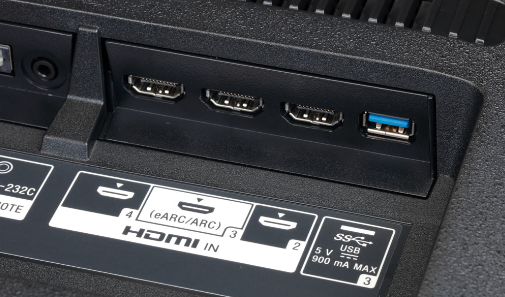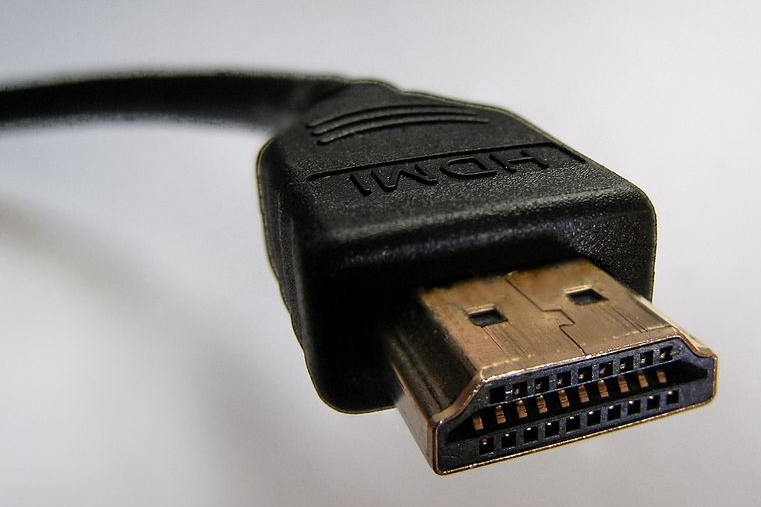What is HDMI ARC (Audio Return Channel)? Explain it In Details
Introduction to HDMI ARC
Ever wondered how to streamline your home entertainment setup and eliminate the tangle of cables behind your TV? Enter HDMI ARC, or Audio Return Channel. This handy feature in HDMI technology makes it easier to connect your audio and video devices, ensuring high-quality sound and simplified connectivity. Let’s dive into the world of HDMI ARC and explore what it is, how it works, and why you should care about it.
Understanding HDMI Technology
Basics of HDMI
High-Definition Multimedia Interface (HDMI) is the go-to standard for transmitting high-definition video and audio from a source device to a display. Whether it’s a Blu-ray player, gaming console, or a streaming device, HDMI cables ensure that the video and audio signals remain crisp and clear.
Evolution of HDMI Standards
Since its inception, HDMI has gone through several iterations, each bringing new features and improvements. From HDMI 1.0, which introduced basic HD capabilities, to the latest HDMI 2.1, which supports 8K video and enhanced refresh rates, the technology has continuously evolved to meet the demands of modern entertainment systems.
The Concept of ARC (Audio Return Channel)
Definition of ARC
ARC stands for Audio Return Channel. It’s a feature that was introduced in HDMI 1.4, allowing audio signals to travel both ways between a TV and an audio system, like a soundbar or AV receiver. This means you can use a single HDMI cable to send audio from your TV to your sound system, simplifying your setup and improving your audio experience.
How ARC Works
Normally, HDMI cables send audio and video signals from a source device to your TV. With ARC, the audio signal can also travel back from the TV to the sound system. This is particularly useful when using smart TV apps like Netflix or Hulu, as you can enjoy the audio through your external sound system instead of the TV’s built-in speakers.
Benefits of HDMI ARC
Simplified Connectivity
One of the main benefits of HDMI ARC is the reduction in the number of cables needed. You no longer need a separate optical audio cable to connect your TV to your sound system. A single HDMI cable does the job, making your setup cleaner and more manageable.
Improved Audio Quality
HDMI ARC supports high-quality audio formats, including Dolby Digital and DTS. This ensures that you get the best possible sound from your audio system, enhancing your overall viewing experience.
Reduced Cable Clutter
By using a single HDMI cable for both video and audio, you significantly cut down on the clutter behind your TV. This not only looks better but also makes it easier to manage your devices and troubleshoot any issues that arise.
Setting Up HDMI ARC
Required Equipment
To use HDMI ARC, you’ll need a TV and an audio system (like a soundbar or AV receiver) that both support the ARC feature. You’ll also need a high-speed HDMI cable.
Step-by-Step Setup Guide
- Check Compatibility: Ensure both your TV and audio system support HDMI ARC.
- Connect the HDMI Cable: Plug one end of the HDMI cable into the ARC-enabled HDMI port on your TV and the other end into the corresponding port on your audio system.
- Enable ARC: Go to your TV’s settings menu and enable the HDMI ARC function. This might be under “Audio Settings” or “HDMI Settings” depending on your TV model.
- Configure Audio Output: Set the audio output of your TV to HDMI ARC. This ensures that the sound is routed through your audio system.
Troubleshooting Common HDMI ARC Issues
No Sound Problem
If you’re not getting any sound, double-check that ARC is enabled on both devices and that the HDMI cable is securely connected. Sometimes, a simple reboot of the TV and audio system can resolve the issue.
Compatibility Issues
Not all HDMI cables are created equal. Make sure you’re using a high-speed HDMI cable that supports ARC. Additionally, ensure that both your TV and audio system are updated to the latest firmware.
Intermittent Sound Dropouts
If the sound cuts in and out, it could be due to a faulty HDMI cable or interference from other electronic devices. Try using a different cable or repositioning your devices to see if that resolves the problem.
HDMI ARC vs. eARC (Enhanced Audio Return Channel)
Key Differences
eARC, or Enhanced Audio Return Channel, is an upgrade to ARC introduced with HDMI 2.1. It offers greater bandwidth and supports higher-quality audio formats like Dolby Atmos and DTS:X.
Advantages of eARC
With eARC, you get better sound quality and more reliable performance. It’s particularly beneficial for high-end home theater systems where audio quality is paramount.
Applications of HDMI ARC
Home Theater Systems
HDMI ARC is ideal for home theater setups, allowing you to connect your TV to your AV receiver or soundbar with a single cable. This simplifies the setup process and ensures high-quality audio.
Soundbars
Many modern soundbars support HDMI ARC, making them a great addition to your TV. With ARC, you can enjoy improved sound without the hassle of multiple cables.
Gaming Consoles
For gamers, HDMI ARC can enhance the gaming experience by providing better sound quality from the TV to an external audio system, making those immersive game worlds even more engaging.
Compatibility with Different Devices
TVs
Most modern TVs come with at least one HDMI port that supports ARC. Check your TV’s manual or settings menu to find out which port to use.
Audio Receivers
Many AV receivers support HDMI ARC, making them perfect for integrating all your audio and video sources into one seamless system.
Streaming Devices
Devices like Roku, Apple TV, and Amazon Fire TV can benefit from HDMI ARC by sending audio directly to your sound system, providing a better audio experience for streaming content.
Future of HDMI ARC
Potential Upgrades
As technology advances, we can expect HDMI ARC to evolve, possibly incorporating more features and improved compatibility with emerging audio formats.
Integration with Emerging Technologies
With the rise of smart home technology, future iterations of HDMI ARC might integrate with voice assistants and other smart devices, making it even more convenient and versatile.
User Experiences with HDMI ARC
Common Feedback
Users often praise HDMI ARC for its simplicity and effectiveness in reducing cable clutter. However, some report issues with compatibility and setup, highlighting the importance of using the right equipment.
Real-Life Scenarios
Imagine sitting down to watch a movie with your family. Thanks to HDMI ARC, you’ve got your TV and soundbar connected with just one cable. The sound is crystal clear, the setup looks neat, and you didn’t have to struggle with multiple connections. That’s the convenience of HDMI ARC in action.
FAQs About HDMI ARC
Common Questions Answered
- What does HDMI ARC mean?
- HDMI ARC stands for Audio Return Channel. It allows audio to be sent from your TV back to an audio system using the same HDMI cable.
- Do all HDMI cables support ARC?
- No, you need a high-speed HDMI cable to use the ARC feature effectively.
- Can I use HDMI ARC with any TV?
- Only TVs that have an HDMI port labeled “ARC” support this feature.
- Is HDMI ARC better than optical?
- HDMI ARC generally provides better sound quality and supports more advanced audio formats than optical connections.
- Do I need a special HDMI cable for eARC?
- Yes, for eARC, you should use an Ultra High-Speed HDMI cable to take full advantage of its capabilities.
Conclusion
HDMI ARC is a game-changer for anyone looking to simplify their home entertainment setup while enhancing audio quality. By using a single HDMI cable, you can reduce clutter, improve sound, and make your system easier to manage. Whether you’re setting up a home theater, connecting a soundbar, or enhancing your gaming experience, HDMI ARC is a feature worth exploring.
5 Unique FAQs
- Can HDMI ARC support Dolby Atmos?
- Yes, but it depends on the TV and audio system. For full support, eARC is recommended as it handles higher bandwidth audio formats like Dolby Atmos more efficiently.
- Why is my HDMI ARC not working?
- Ensure both devices support ARC, the HDMI cable is high-speed, and ARC is enabled in the TV settings. Updating the firmware on your devices can also help.
- Can I use HDMI ARC with a projector?
- Yes, if the projector and the audio system both support ARC, you can use it to simplify your audio connections.
- Does HDMI ARC support HDR?
- HDMI ARC itself doesn’t affect video formats like HDR. However, the HDMI cable used for ARC will also carry HDR signals if the source and display support it.
-
Is HDMI ARC necessary for a soundbar?
- While not strictly necessary, HDMI ARC makes connecting a soundbar to your TV much easier and often results in better sound quality compared to other connection methods.
TO Do Things For You…
- Regularly visit this Blog page to learn about AV Technologies.
- Partner with us for AV CAD Drafting Services.
- Reach out to us at KennyAVSolution@gmail.com
- Follow us on Instagram and Facebook for the latest Audio-Visual industry updates.



